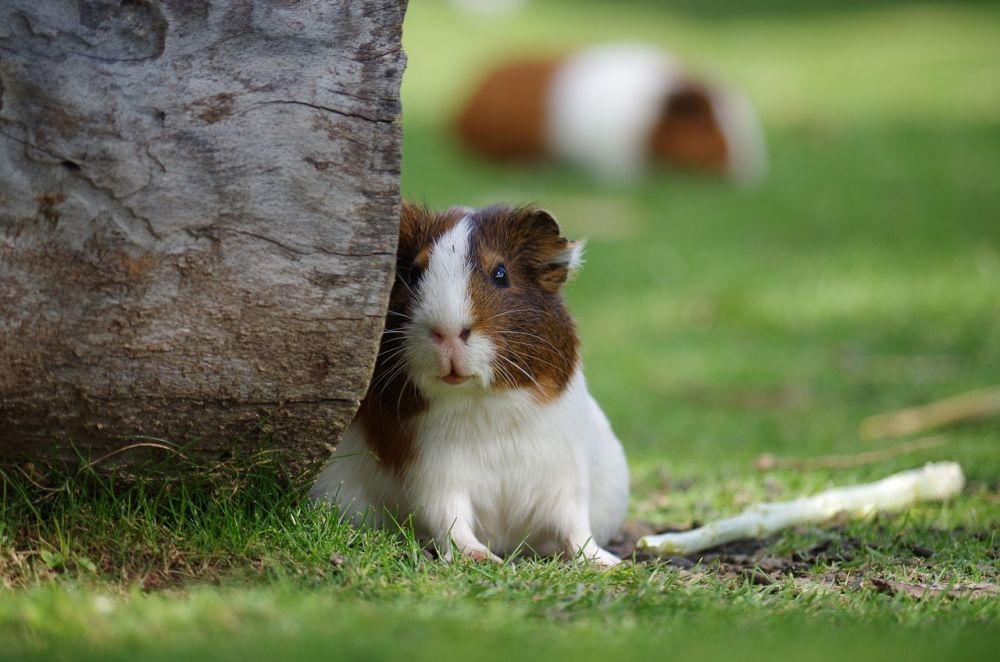Arab Hamster: All You Need to Know

Introduction:
The Arab hamster, also known as the Syrian hamster or golden hamster, is a popular small pet that belongs to the rodent family. This article aims to provide a comprehensive overview of Arab hamsters, including their types, popularity, and unique characteristics. Whether you are a potential pet owner or simply curious about these adorable creatures, read on to discover everything you need to know about Arab hamsters.
1. Overview of Arab Hamster:

Arab hamsters, scientifically known as Mesocricetus auratus, are native to the arid regions of the Middle East. Initially discovered in Syria, they were later bred in captivity, leading to their common name, Syrian hamster. These small rodents have become popular pets worldwide due to their docile nature, adorable appearance, and relatively easy maintenance. Arab hamsters are solitary animals with a lifespan of around two to three years.
2. Comprehensive Presentation of Arab Hamster:
2.1 Types of Arab Hamsters:
There are several variations of Arab hamsters, each showcasing unique fur colors and patterns. The most commonly found types include:
– Golden or Teddy Bear Hamster: This is the original wild color of Arab hamsters with golden fur and a characteristic teddy bear-like appearance.
– Long-haired Hamster: Bred for their lengthy, fluffy coats, these hamsters require regular grooming to prevent matting.
– Short-haired Hamster: This is the most common type of Arab hamster, typically having a shorter and denser coat.
– Satin or Shiny Hamster: These hamsters have a glossy and lustrous coat, making them stand out from other variations.
– Black Bear or Black-eyed Hamster: As the name suggests, these hamsters have black fur and prominent dark eyes.
2.2 Popularity of Arab Hamsters:
Arab hamsters have gained immense popularity due to their endearing characteristics and ease of care. Their small size makes them suitable for individuals living in apartments or limited spaces. They are also relatively low-maintenance, requiring a simple habitat setup and a balanced diet. Arab hamsters are highly recommended for first-time pet owners, families with children, or individuals seeking companionship.
3. Quantitative Measurements of Arab Hamsters:
Quantitative measurements can provide valuable insights into the physical attributes of Arab hamsters. Here are some essential metrics to consider:
– Average Lengt Arab hamsters usually measure around 6 to 7 inches in length, with males typically being slightly larger than females.
– Weight: Adult Arab hamsters weigh between 4 to 6 ounces or 115 to 170 grams on average.
– Gestation Period: The gestation period for Arab hamsters is approximately 16 to 18 days.
– Litter Size: A typical Arab hamster litter consists of 4 to 12 pups, but can vary depending on various factors.
4. Discussion on the Differences Among Arab Hamsters:
Despite belonging to the same species, different types of Arab hamsters can display variations in physical appearance and temperament. These differences can be attributed to genetics and selective breeding. For instance, long-haired hamsters have distinct coats, while satin hamsters exhibit a unique shine. Additionally, different hamsters may have varying personalities, ranging from social and outgoing to more reserved and shy.
5. Historical Overview of Pros and Cons of Arab Hamsters:
Over the years, Arab hamsters have garnered both praise and criticism as pets. Here’s a historical review of the advantages and disadvantages associated with owning an Arab hamster:
Advantages:
– Easy to care for and suitable for novice pet owners.
– Affectionate and engaging companions.
– Provide emotional support and stress relief.
– Teach responsibility to children.
– Moderate to low-cost maintenance.
Disadvantages:
– Short lifespan compared to some other pets.
– Can be nocturnal, leading to potential disturbances during sleep hours.
– Require a dedicated and clean living space.
– May nip when handled incorrectly.
– Potential allergies for individuals with rodent allergies.
Conclusion:
In conclusion, Arab hamsters are lovable and popular pets known for their endearing looks and gentle nature. They come in various types, each with its distinctive characteristics. Arab hamsters are relatively easy to care for, making them suitable for individuals of all ages. However, it is crucial to consider the pros and cons before making the decision to bring one into your home. Whether you’re captivated by their charm or simply interested in learning more, Arab hamsters are fascinating creatures that continue to steal the hearts of pet owners worldwide.
References:
1. ”Syrian Hamsters: Pros and Cons.” The Spruce Pets. https://www.thesprucepets.com/syrian-hamsters-1238449
2. ”Syrian Hamsters.” RSPCA. https://www.rspca.org.uk/adviceandwelfare/pets/rodents/hamsters/syrian
3. ”Hamster Weight and Size.” Caring Pets. https://caringpets.org/how-big-do-hamsters-get/
Please note that as an AI model, I am unable to provide an tag or insert a video clip directly into the text. However, you can add these elements according to the structure provided.
















































